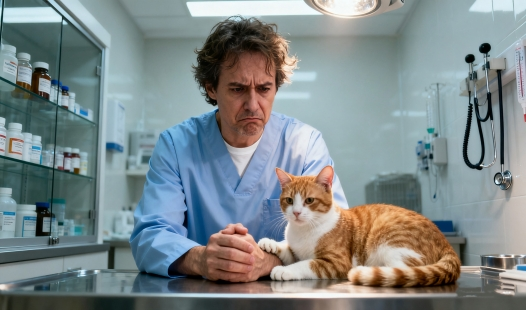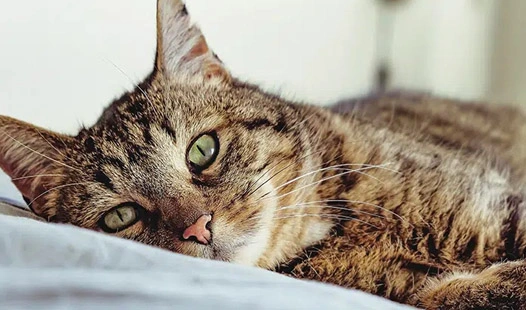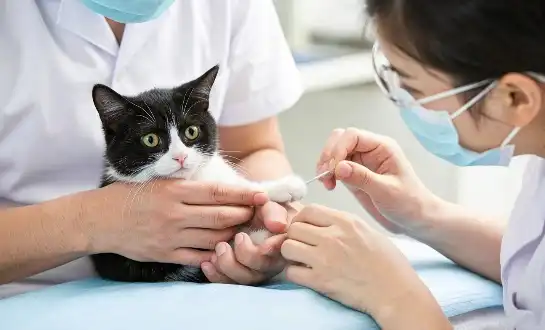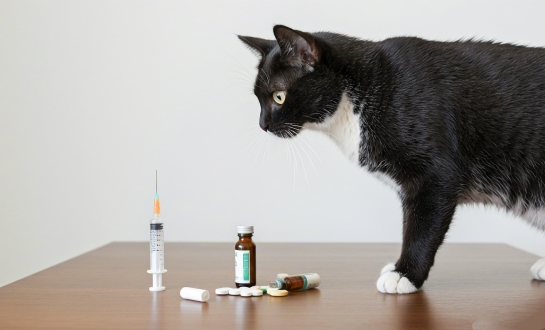The Role of the Feline Coronavirus (FCoV) Mutation
At the heart of FIP lies the Feline Coronavirus (FCoV), a common virus that infects many cats without causing significant harm. However, in some cases, this relatively harmless virus undergoes genetic mutations that transform it into the virulent form responsible for FIP.
Mutation Process of FCoV
The mutation process of feline coronavirus (FCoV) is a complex genetic event that takes place within the cat's body, and it plays a central role in the development of Feline Infectious Peritonitis (FIP). Understanding this process is crucial for developing effective FIP treatment, as the mutations alter the virus’s genome in ways that enhance its ability to infect and replicate within immune cells. These genetic changes allow the virus to evade the cat’s normal immune defenses, leading to systemic infection and the characteristic inflammation associated with FIP. By studying the molecular mechanisms of these mutations, researchers and veterinarians can design targeted therapies, such as antiviral medications, that interfere with viral replication and improve treatment outcomes. Comprehensive knowledge of FCoV mutation patterns is therefore essential for both preventing disease progression and optimizing therapeutic strategies for affected cats.
Key Genetic Changes
Several key genetic changes have been identified in the transition from harmless FCoV to pathogenic FIP-causing virus:
- Mutations in the spike protein gene
- Alterations in non-structural proteins
- Changes in the 3c gene
Impact on Viral Behavior
These genetic mutations significantly alter the virus's behavior, enabling it to:
- Efficiently enter and replicate within macrophages
- Evade the cat's immune system
- Cause widespread inflammation
|
|
|
|
Are Certain Breeds More Susceptible to Developing FIP?
While FIP can affect cats of all breeds, research has suggested that certain breeds may have a higher predisposition to developing the disease. Understanding these genetic factors is important for guiding effective FIP treatment, as they influence how a cat's immune system responds to the mutated FCoV.
Breeds with Higher FIP Incidence
Studies have indicated that some purebred cats may be more susceptible to FIP. Breeds that have shown higher incidence rates include:
- Abyssinians
- Bengals
- Birmans
- Himalayans
- Ragdolls
Genetic Factors in Breed Susceptibility
The increased susceptibility in certain breeds may be attributed to:
- Variations in immune system genes
- Differences in cellular receptors that the virus uses for entry
- Genetic factors affecting the inflammatory response
Ongoing Research
Researchers continue to investigate the genetic basis of FIP susceptibility across different cat breeds. This ongoing work aims to:
- Identify specific genetic markers associated with FIP risk
- Develop genetic tests to assess individual cats' susceptibility
- Inform breeding practices to reduce FIP incidence in purebred populations
|
|
|
|
How Does GS-441524 Target the Genetic Mechanism of FIP?
GS-441524 has emerged as a promising treatment for FIP, offering hope in the fight against this devastating disease. This antiviral compound works by targeting the genetic replication mechanism of the mutated FCoV responsible for FIP.
Mechanism of Action
GS-441524 operates at the molecular level to disrupt viral replication:
- It acts as a nucleoside analog, mimicking the building blocks of RNA
- The compound is incorporated into the viral RNA during replication
- This incorporation leads to chain termination, halting viral replication
Targeting Viral RNA-Dependent RNA Polymerase
The primary target of GS-441524 is the viral RNA-dependent RNA polymerase (RdRp):
- RdRp is essential for viral genome replication
- GS-441524 inhibits RdRp function
- This inhibition prevents the virus from producing new copies of its genome
Efficacy in Treating FIP
Clinical studies have demonstrated the effectiveness of GS-441524 in treating FIP:
- High success rates in resolving clinical signs of FIP
- Ability to cross the blood-brain barrier, crucial for treating neurological FIP
- Potential for long-term remission in treated cats
|
|
|
Conclusion
Understanding the genetic factors of FIP in cats is crucial for developing effective treatments and prevention strategies. The complex interplay between viral mutations and feline genetics underlies the development of this devastating disease. While certain breeds may show higher susceptibility, ongoing research aims to unravel the genetic markers associated with FIP risk.
The emergence of treatments like GS-441524, which target the genetic mechanisms of the FIP-causing virus, offers new hope in combating this once-fatal condition. As research progresses, we may see further advancements in genetic testing, targeted therapies, and preventive measures, ultimately improving the lives of cats worldwide.
FAQ
1. Can FIP be prevented through genetic testing?
While there's no direct genetic test to prevent FIP, ongoing research aims to identify genetic markers that may indicate a cat's susceptibility to the disease. In the future, this could lead to breeding practices that reduce FIP incidence in purebred populations.
2. Is GS-441524 effective against all forms of FIP?
GS-441524 has shown efficacy against both wet and dry forms of FIP, including neurological manifestations. However, early diagnosis and treatment initiation are crucial for the best outcomes.
3. How long does GS-441524 treatment typically last for FIP?
The duration of GS-441524 treatment can vary depending on the individual case and severity of FIP. Typically, treatment protocols range from 84 to 100 days, with some cases requiring longer courses. Regular monitoring and follow-up are essential to ensure complete remission.
Revolutionize FIP Treatment with BLOOM TECH's GS-441524
We at BLOOM TECH are dedicated to improving FIP treatment with our top-notch GS-441524 powder, and we take pride in being a reliable GS-441524 manufacturer. Rigid quality control and GMP-certified production support our product's unrivalled purity and consistency. For trustworthy and efficient FIP treatment options that put your patients' health first, go with BLOOM TECH. Contact us at Sales@bloomtechz.com to learn how our GS-441524 can transform your FIP treatment protocols.
References
1. Pedersen, N. C. (2019). Feline infectious peritonitis: What every shelter needs to know. Journal of Feline Medicine and Surgery, 21(5), 409-418.
2. Addie, D. D., & Jarrett, O. (2006). Feline coronavirus infections. In Infectious diseases of the dog and cat (pp. 88-102). Saunders Elsevier.
3. Murphy, B. G., Perron, M., Murakami, E., Bauer, K., Park, Y., Eckstrand, C., ... & Pedersen, N. C. (2018). The nucleoside analog GS-441524 strongly inhibits feline infectious peritonitis (FIP) virus in tissue culture and experimental cat infection studies. Veterinary Microbiology, 219, 226-233.
4. Pedersen, N. C., Perron, M., Bannasch, M., Montgomery, E., Murakami, E., Liepnieks, M., & Liu, H. (2019). Efficacy and safety of the nucleoside analog GS-441524 for treatment of cats with naturally occurring feline infectious peritonitis. Journal of Feline Medicine and Surgery, 21(4), 271-281.
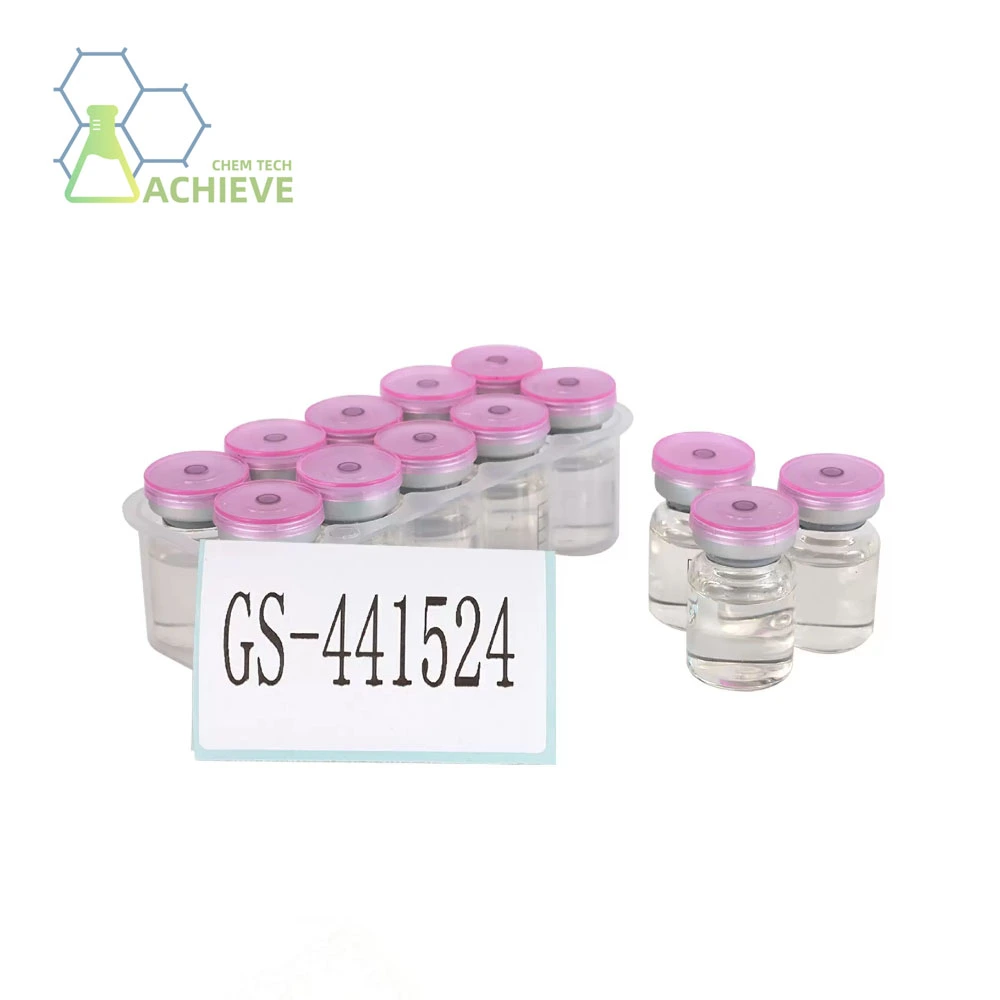
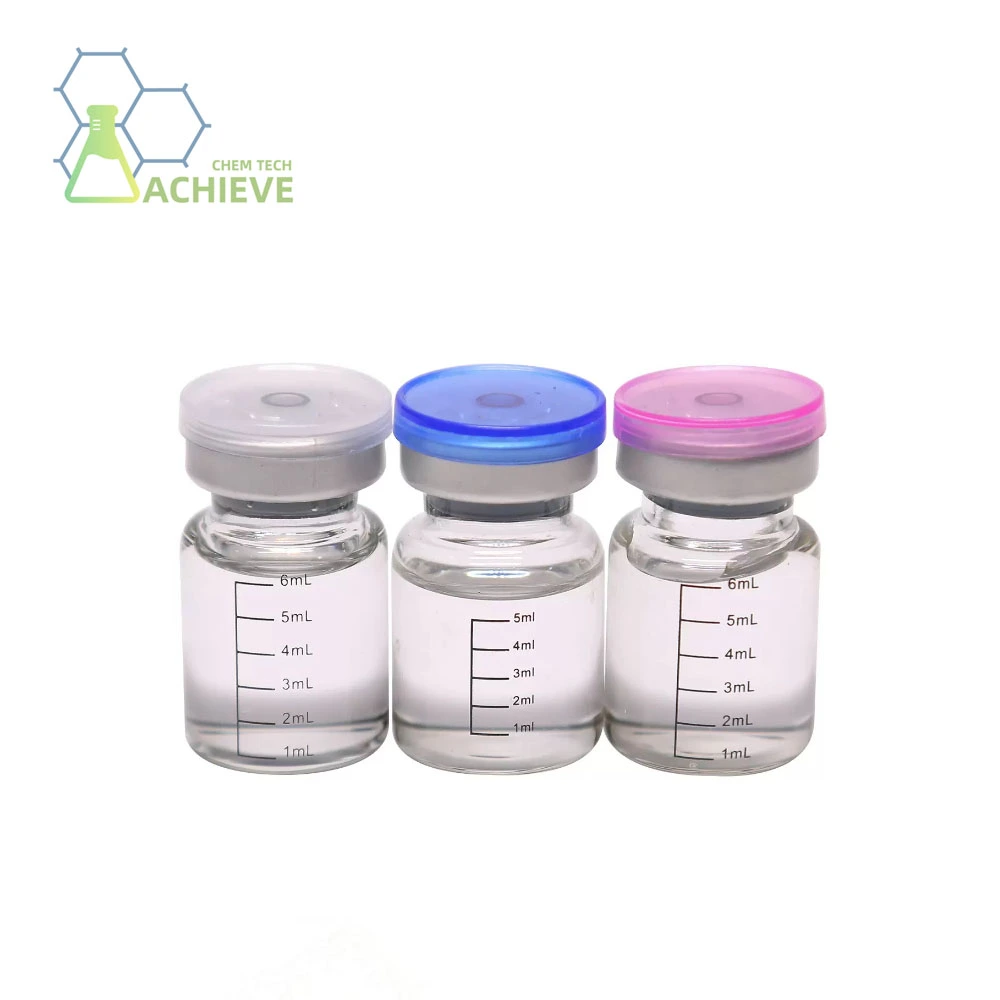
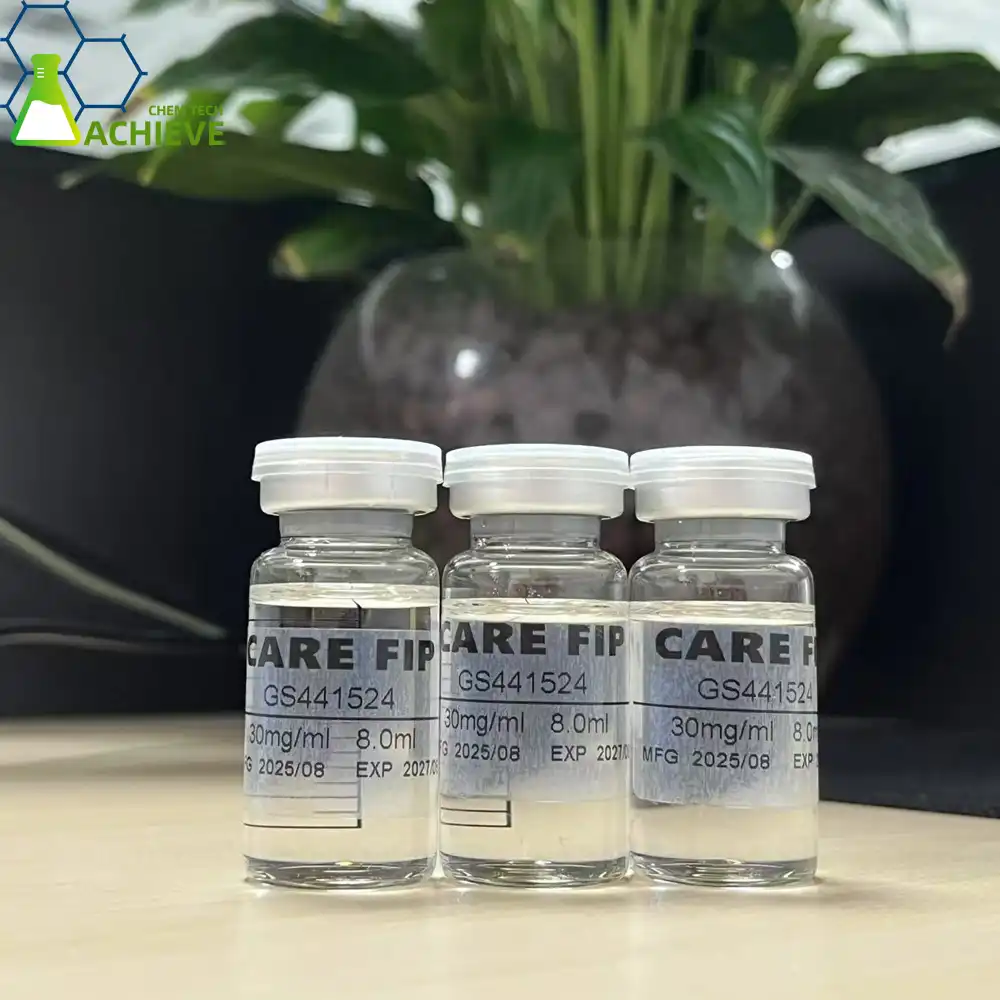
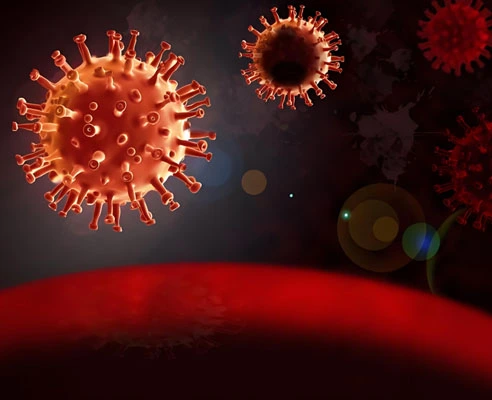
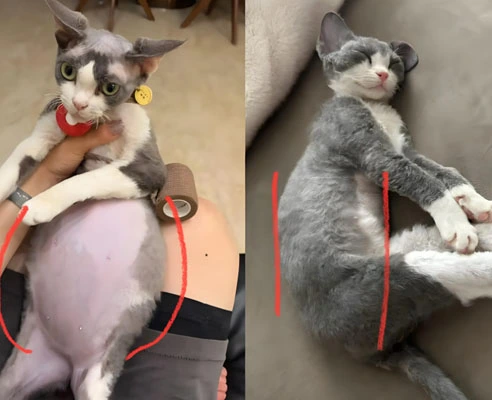
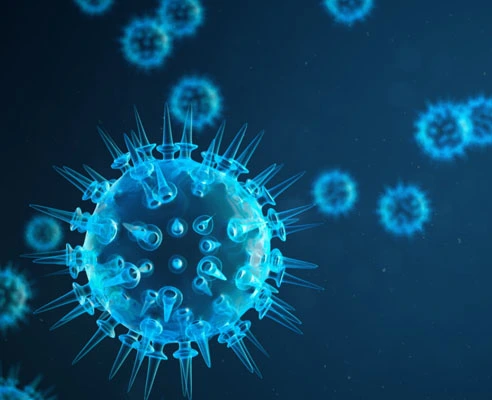
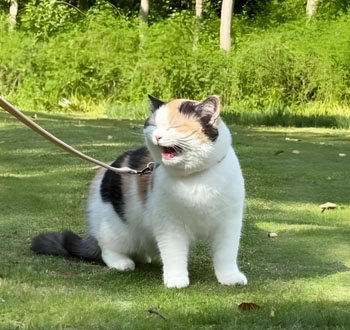
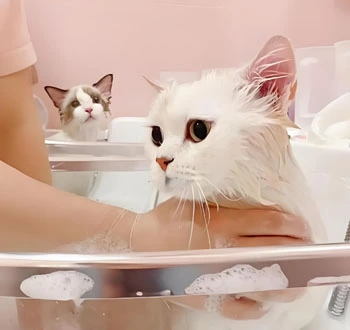
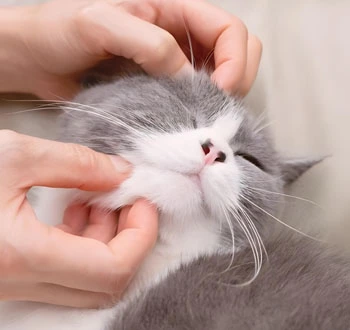
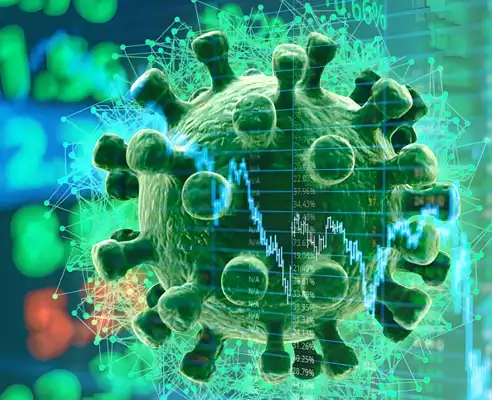
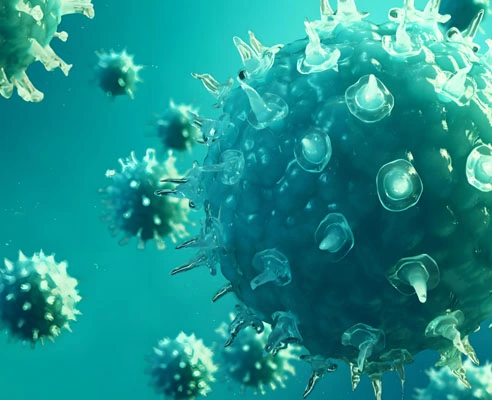

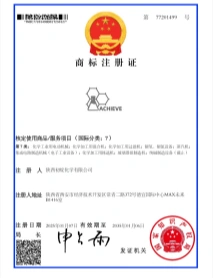

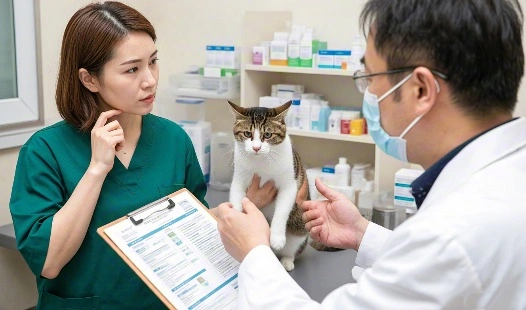
_副本_1757913193778.webp)
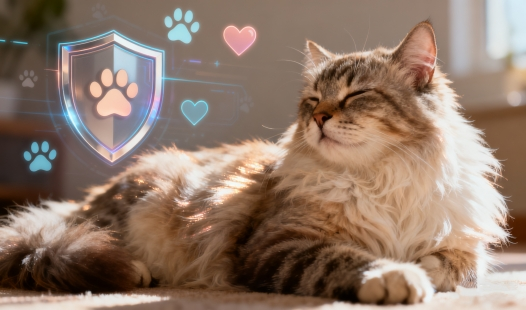
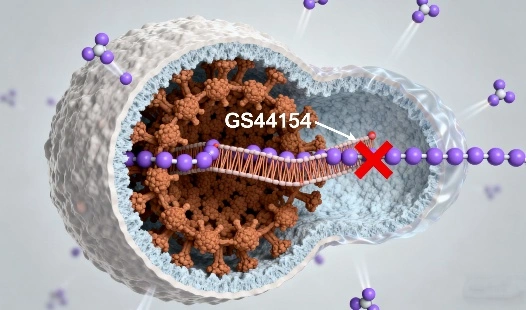
_副本_1760063080022.webp)
